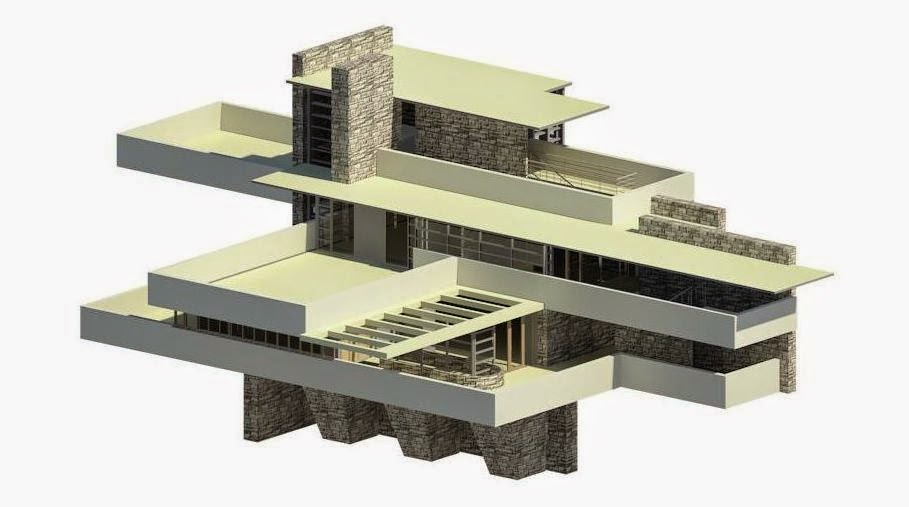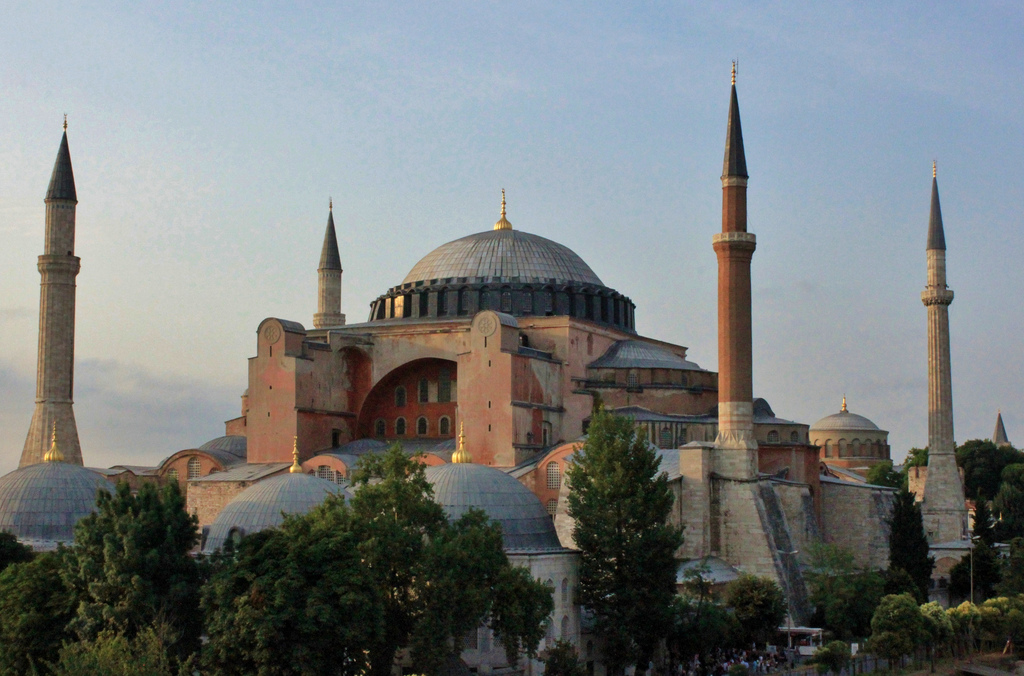- Arquitectura bioclimática -
Desde hace ya varias décadas, la mayor parte de la arquitectura construida parece erigirse como consecuencia de un simple juego formal. Elegido éste con más o menos acierto, los edificios parecen estar carentes de esa trascendencia que la arquitectura adquirió durante el movimiento moderno en el pasado siglo XX, al transformarse en concordancia con el nuevo mundo surgido tras la revolución industrial. Sin embargo, hoy en día hay muchos motivos para que de nuevo la arquitectura se transforme de forma radical, incorporando el que tal vez sea el único valor vigente hoy en día: la defensa de la naturaleza. Desde la O.N.U. y desde algunas de las universidades más prestigiosas de EE.UU., se nos advierte de que el cambio climático puede volverse irreversible en apenas unas décadas con la consiguiente extinción masiva de especies animales que irremediablemente conduciría a la desaparición de los ecosistemas y de la vida en el planeta, incluyendo lógicamente la nuestra. Nos habríamos comportado entonces como Gollum en la famosa trilogía de J.R.R. Tolkien, que finalmente cae al vacío, pero eso sí con un buen anillo de oro en el bolsillo. La arquitectura no tiene más remedio que enfrentarse a esta realidad, ya no le basta con ser estéticamente correcta, los arquitectos estaremos en primera fila a la hora de enfrentarnos a este problema, bien sea para detenerlo o para acelerarlo de forma irreversible.
Conviene por tanto hacer memoria para recordar qué arquitectos fueron realmente visionarios durante el pasado siglo XX., al anticipar la situación en la que ahora nos encontramos. Recordar al Frank Lloyd Wright octogenario que abogaba por la renuncia de cualquier tipo de arquitectura, entendiendo ésta como un fracaso colectivo tras el cual sólo la vuelta a la naturaleza nos podría devolver la dignidad perdida (revit-projects.blogspot.com. 10/04/2015). En 1941 Ralph Erskine construye su pequeña casa de campo conocida como "The Box", cerca de la localidad sueca de Djupdalen. Al estar en una zona aislada la casa-refugio de Erskine debe ser auto-suficiente a la hora de acondicionarse durante los duros y largos inviernos de Suecia. Tanto la fachada norte como la cubierta se diseñaron con el único objetivo de aislar la vivienda, mediante leña apilada en el caso del muro exterior y dotando a la cubierta de una pendiente mínima que permite que la nieve actúe como aislamiento térmico cuando su volumen no es excesivo. La gran chimenea central hace re-circular el aire caliente por el interior de la vivienda a través de numerosas toberas. Tanto la construcción de la vivienda, realizada con materiales procedentes de los bosques colindantes, como el sistema de calefacción son por tanto bioclimáticos, aunque este término todavía no se había acuñado.
Jorn Utzon también fue visionario al construir su villa Can Lis en la isla de Mallorca, empleando unicamente materiales y sistemas constructivos autóctonos. Como resultado se obtuvo una arquitectura antigua, aunque sólamente en apariencia, en realidad se estaba adelantando claramente al futuro. Durante su construcción el número de emisiones de CO2 transmitidas a la atmósfera fueron prácticamente nulas. Corría el año 1971.
Can Lis. Mallorca. Yorn Utzon, 1971. Fuente: http://www.andresmartinez.es
Finalmente hay que citar a Michael Reynolds, arquitecto que en 1972 construye su primera vivienda empleando latas y envases reciclados como sistema de cerramiento. Pocos años después, en su primera "earthship", usará neumáticos unidos con arcilla para formar muros térmicos que actúan como grandes estabilizadores de la temperatura interior de la vivienda, conservando el calor durante el día y propagando lo hacia el interior durante la noche. En todo su trabajo realizado durante estos años, se ignora cualquier pretensión estética, sólo existe una preocupación por la funcionalidad y la autosuficiencia energética de las viviendas, que obtienen toda la energía necesaria del medio natural en el que se construyen.
Since many decades ago, most of the buildings seem to be constructed as a result of a simple formal game. When the it is suitable chosen, the buildings are built, but they don't have the significance that contained during the last century in the Modern Movement, when the architecture was completely transformed in accordance with the changes happened in the world after the industrial revolution. However, nowadays there are many reasons why the architecture has to be radically transformed again. Probably, the unique value that really exists in this moment in the world is to protect the environment and the nature. This value must to be included in today's architecture. United Nations and many of the most important universities of USA, are saying that in few decades the climate change can be irreversible. As a result, many species will disapper and with them the ecosystems and the life in The Earth, included obviously ours. Then we would have been as Gollum in the famouse trilogy of J.R.R.Tolkien, who finally fall into the void, but with a big gold ring in his pocket. The architecture has no other way that face this problem. Authorities and architects will can stop the process or speed it irreversibly.
Thus, it seems suitable to remember now, who were the visionary architects in the last century that were able to anticipate the situation we live in this moment. Visionary was Frank Lloyd Wright who in his last years advocate for the return to the nature as the original habitat and giving up to whatever architecture built in the past.(revit-projects.blogspot.com. 10/04/2015). In 1941 Ralph Erskine constructed his small cottage called "The Box", in Djupdalen, Sweden. This house was isolate, so it needed to be energy self-sufficient and support the hard winters of Sweden. The north facade and the roof were designed with the unique target of isolate the house. The roof had a minimun slope, so the snow keep in the surface being an excelent thermal insulation. The big central chimney distributes the hot air into the inside of the house. Both construction, made with materials from the surrender forests, and the heating were completely bioclimátic, although this word didn't exist in that moment.
Jorn Utzon was visionary as well when he built his house "Can Lis" in Mallorca Island. In this project he used only autochthonous materials and systems. The resulting architecture was antique, but only apparently. Actually he was anticipating to the future. The number of CO2 emissions during the construction was virtually zero. It was 1971.
Finally it is obligate to mention the figure of Michael Reynolds. This architect built his first house in 1972 using cans of beer and bottles as the materials for the walls that enclosure the house. A few years later he constructed his first "earthship", formed with tyres joined with clay, creating a thermal wall that contain the heat during the day and dispel it to the inside of the house at night. In all of his work developed in the first seventies, there isn't any aesthetic pretension. The only one criteria used for the design of the houses was the functionality and the energy self-sufficiency, obtained from the environment.









